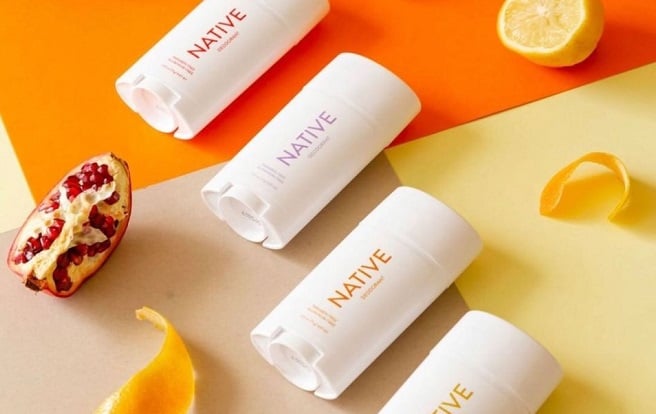Metrilo Updates and Use Tips
Metrilo Updates and Use Tips will keep you updated on all new features we release within our customer analytics platform and how to make the best use of them for growing your ecommerce business.
13 Emails that drive customer lifetime value up
Emails that drive repeat sales are the best emails. Forget about basic email marketing that teaches you to send promotions every week or touch base with customers more often, e.g. every day.
To see a real return on marketing, you need to use email to its full potential – it’s a (nearly) free marketing channel that you own and have complete control over. No pay to play like ads. Emails for customer retention are the best way to drive revenue without extra spending.
Customer lifetime value is the best indicator for a healthy business.
Customer loyalty is usually based on a strong connection with the brand and a positive experience. Emails that drive customer loyalty keep this relationship going through useful, timely and relevant content and offers.
How to get better returns on your holiday marketing money
The holiday marketing campaigns has most probably drained your marketing budget – ad costs are sky-high because of the fierce competition. That’s why it’s worth a try to get a better return on the money invested.
If you get your holiday season shoppers to shop again, those purchases will get you a higher profit margin than the first (if you even managed to make any) and most likely offset the cost of acquisition. We outline a few ways to do that in this piece.
How to get better returns on your holiday marketing money:
- Make gift buyers regulars
- Create a New Year resolution trend
- Invite gift receivers specifically into a member zone
- Double down on content and product use ideas
- Retarget browse abandoners with better offers
- Reengage reviewers
BFCM 2019 email marketing stats and lessons learned
Black Friday 2019 is over and we’re excited to share with you what we learned this year. Ahead of the Christmas rush, we believe these insights will help you get better results from email marketing especially.
The week leading up to Black Friday Black Friday 2019 was a wild one – I’m sure for you as well – but it gives us an understanding of people’s buying behavior better than any other time of the year.
The secret ingredient of truly relevant emails
There isn’t an ecommerce marketer who’d deny the importance of customer segmentation for email personalization. We have so much first-party data on user behavior. Of course, we’ll use it to give them a better experience and more relevant products!
However, there’s one additional layer of data that most ecommerce brands overlook. That leaves their personalized email marketing half-done. For example, I got such an email:
“Hey, Dimira,
Need sparkly heels for that dress you got? We got you covered!”
And I wondered: “I got this dress 3 years ago for a wedding and it’s definitely out of style by now…It doesn’t even fit me anymore, why would I need the heels?”
A sale lost right there.
Why?
Because the brand didn’t pay attention when the action was taken. Their click through rates must be abysmal.
How to sell underperforming products
Why some products sell very well and others don’t? What’s the dynamic between your products and your customers? How to push underperforming products to success?
Every ecommerce brand experiences issues with the slow moving products in its range. And while it’s absolutely normal to discontinue some products, it doesn’t have to be the only way.
If a product sells very badly compared to your other items, it doesn’t necessarily mean people don’t want it. Probably they just overlook it and choose something else. A little product analysis can help you solve this problem and up your sales without changing your range.
Generally, underperforming products are:
- invisible
- unappealing
The problem is in presentation – how you promote them. Here are a few ideas how to sell more of the items that don’t sell well. And none of them includes discounting, devaluing your brand or faking urgency!
Successful DTC brands: Not unicorns but $10 Million ponies
The future of d2c (direct to consumer) brands is not unicorns. It’s niche $10M ponies.
Bonobos, Glossier, Casper – we have heard all about those darlings of the consumer goods space. Investors love them as they love any disruptors – venture funds specializing in direct-to-consumer (DTC) brands are popping up in Europe and the US.
Forerunner Ventures alone raised $360M to invest in those companies. Also known as DNVB, Digitally Native Vertical Brands are the hope and future of a stagnant market. For a bit, it seemed like consumer brands are following in the steps of SaaS, shooting for the stars.
Can DTC be the new SaaS or gig Economy? Can the new AirBnB be a mattress, razors or underwear company?
Yes and no.







